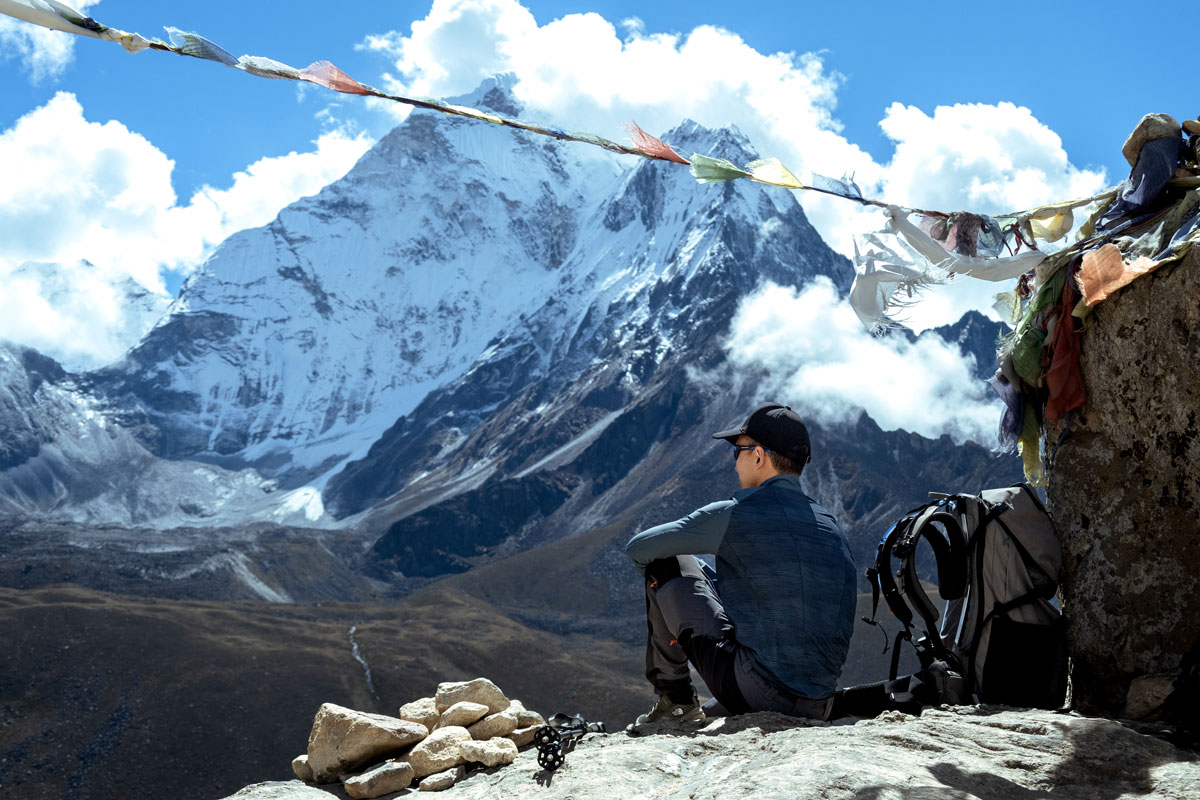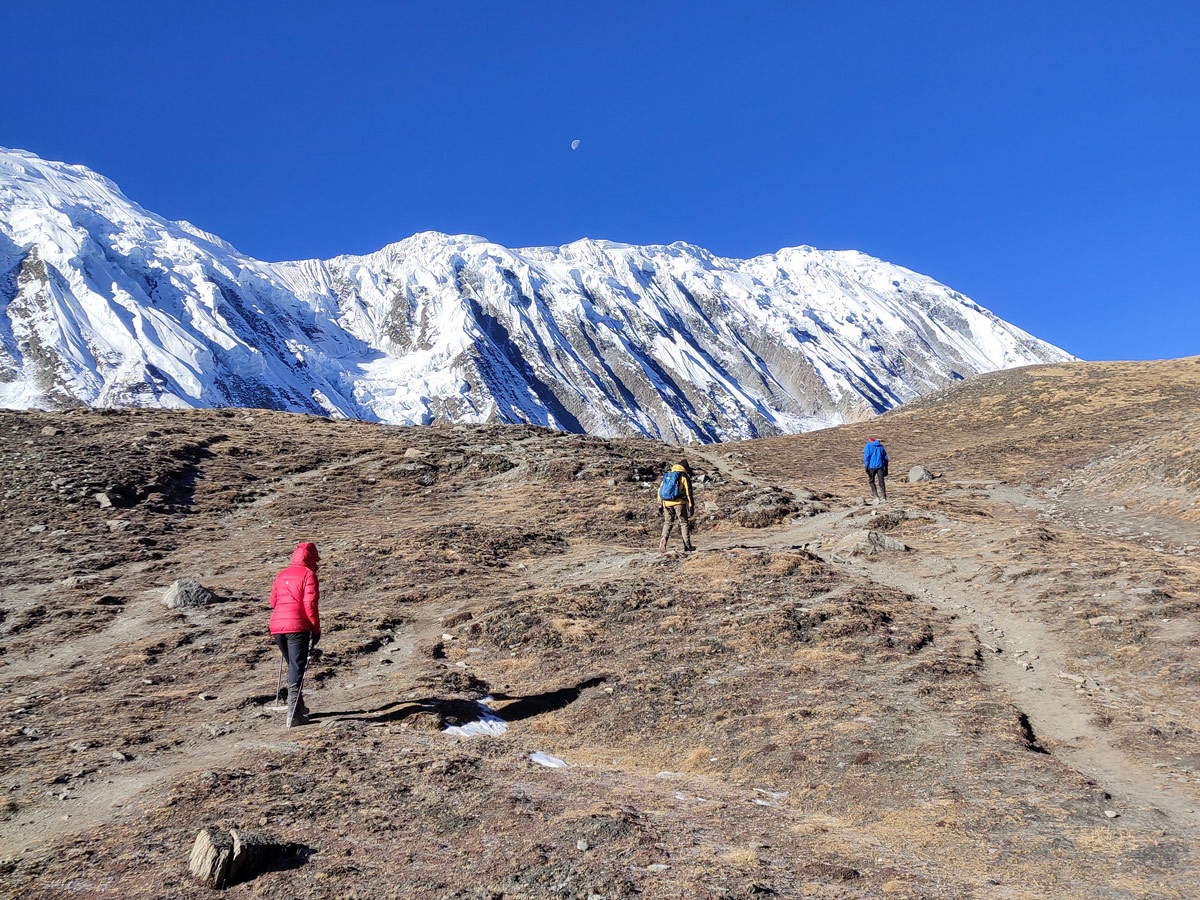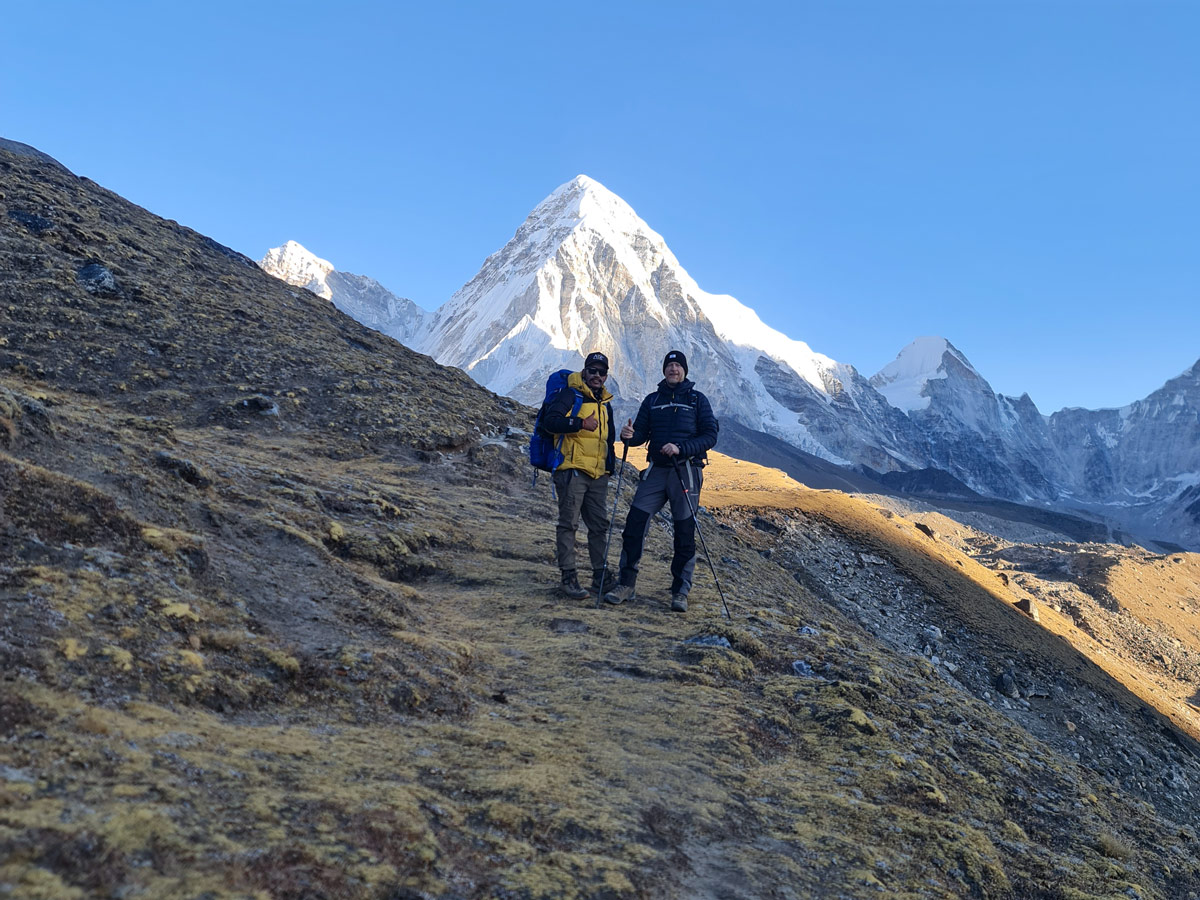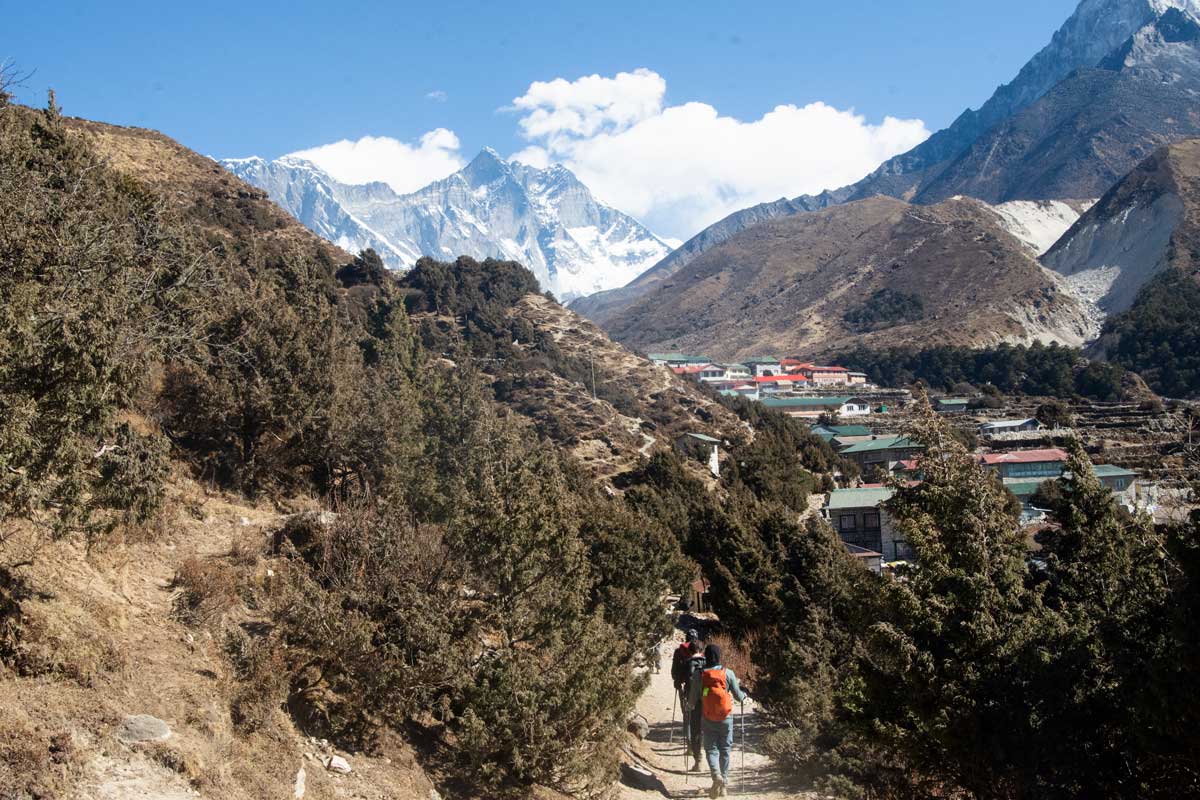The Everest Base Camp Trek is a dream adventure for all trekking enthusiasts and there are many reasons why one would want to trek the region including stunning views, unique cultural experiences, and the thrill of Mt. Everest.
However, many people trek the region during the months of spring (March to May) or autumn (September to November) as this peak season is considered the best time to trek the Everest Base Camp.
But what if we told you that there is a hidden side to the EBC trek which is magical beyond the typical trekking season? Monsoon might be the perfect season to experience the challenging part of Everest Base Camp trek in the whole year.
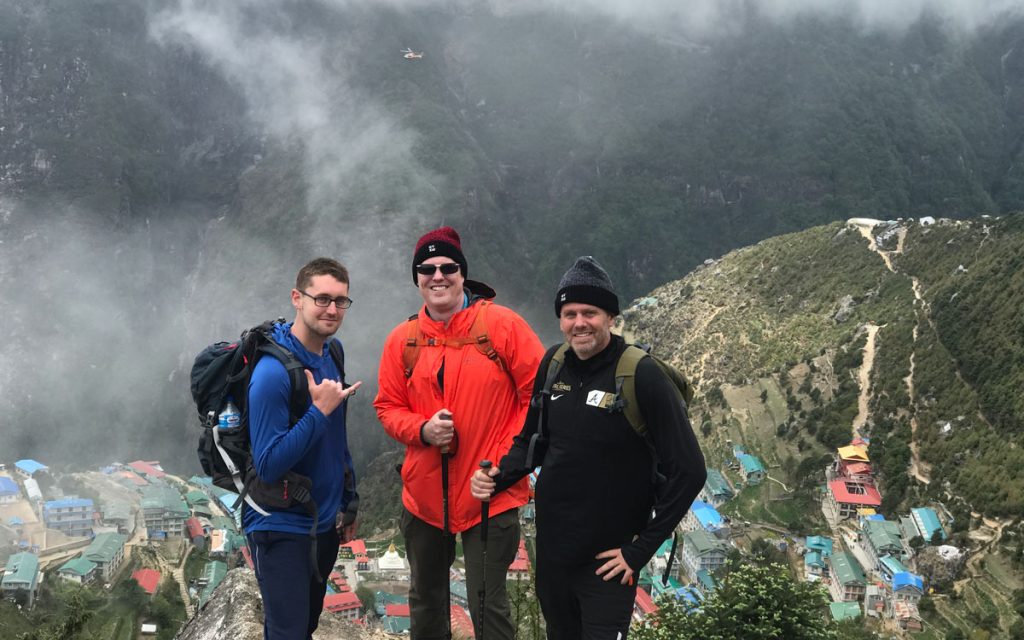
A frequent query that people have when it comes to the Everest Base Camp trek is whether it is possible to undertake the Everest Base Camp Trek during monsoon season or not. Worry not, we have the answer for you.
The answer is yes! In fact, the trek can be accomplished all year round, including the monsoon and winter seasons as well. However, these seasons do present their own challenges.
But the good thing is that your dream trip isn’t restricted to a specific month of travel. Therefore, in this blog we discuss what the Everest Base Camp trek during monsoon looks like.
Why Trek to Everest during Monsoon?
Less crowded season
The biggest advantage of trekking Everest Base Camp during monsoon is that you will not come across the huge trekker’s traffic that is often available on the trail as it is considered an off season amongst trekkers.
This is what most people would be looking forward to as you get to see more of nature and less of other people’s backpacks. Nature enthusiasts often find solace in the soothing sounds of the natural environment.
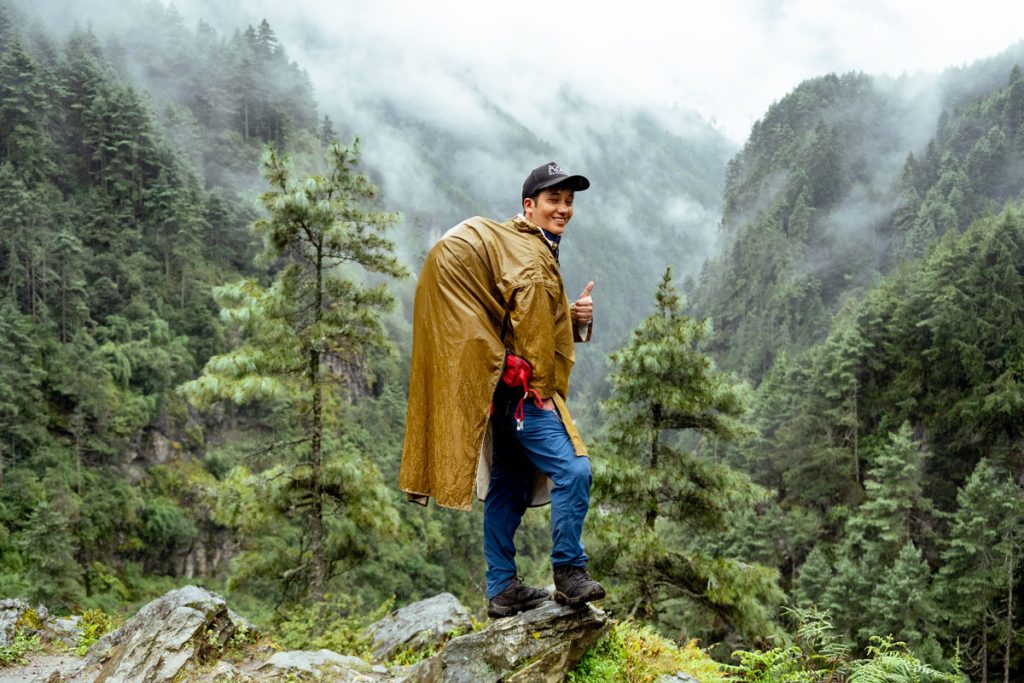
The tranquility and solitude available here can allow you to form a more intimate connection with nature and even indulge in a spiritual connection amidst the non-congested trails between the Himalayas.
Imagine being surrounded by nature’s beauty and adding the calming melody of rainfall and the crisp Himalayan air to the experience. This combination can be perfect for those seeking a refreshing getaway.
With fewer trekkers during the off-season, you will also have the advantage of having the trails and tea houses mostly to yourself. While other seasons see completely booked accommodations here, you can treat yourself to private rooms during monsoon.
Breathtaking Beauty & Lush Greenery
One of the highlights of trekking during the monsoon is the opportunity to witness incredible and unique biodiversity. The abundance of rainfall during this time nurtures a rich variety of flora and fauna, making the trek an exceptional experience for nature enthusiasts.
The already beautiful Sagarmatha National Park further comes to life with monsoons as you will notice a dramatic shift in the flora and the wildlife activity in the region.
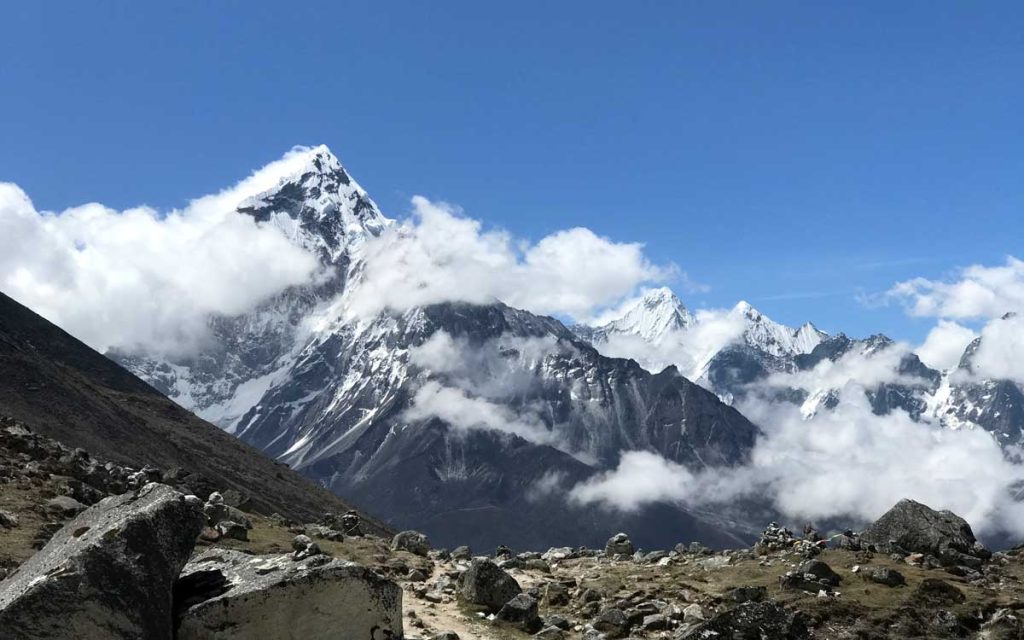
Especially at the lower altitudes, the lush vegetation is at its greenest, and the air feels fresher and cleaner. This is because monsoons bring a heavy amount of rainfall, primarily at lower altitudes below 3,500 meters.
You will find the Everest Base Camp trail lined with blooming wildflowers and the azure skies of the region are dotted with a variety of birds. Animal activity also increases significantly which increases the chances of you spotting a unique animal.
Higher altitude regions also experience rainfall for a limited period in a lesser quantity. However, it is sufficient to transform the rather rugged landscapes here as well.
This creates a vibrant and refreshing environment in which to immerse oneself. The views of the mountains shrouded in wispy clouds, forests, and various types of vegetation become even more fantastic and spectacular.
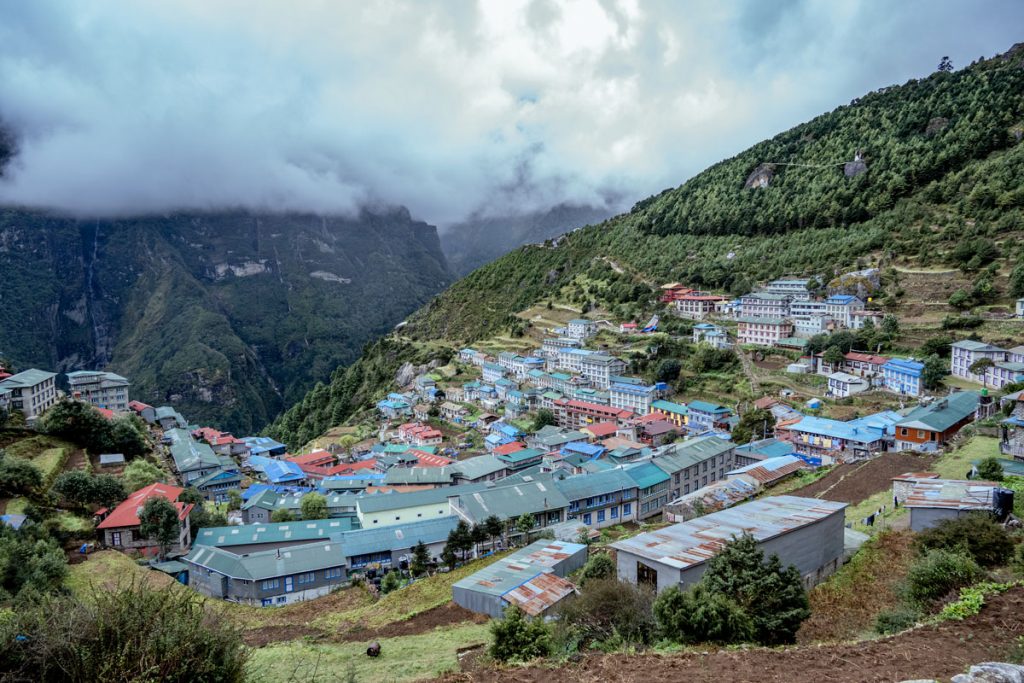
The emergence of new life in the branches and the surroundings enhances the overall enjoyment of being in nature. This view is further accompanied by the melodious sound of cascading waterfalls.
Although the presence of clouds during this season may occasionally obstruct the views, there are instances where they contribute to the magnificence of the mountains.
The clouds sometimes form in a way that accentuates the beauty of the peaks, creating a truly breathtaking sight. Also, you might see clearer mornings sometimes, which gives a clear view of the mountains.
Cultural Experiences
With fewer crowds on the Everest Base Camp during monsoon, you will get a chance to truly connect with the locals and be treated to their generous hospitality as they open their houses and hearts for you.
The Sherpas will share their anecdotes and tales of bravery while sharing a warm meal with you and your interactions with the community will be more authentic and personal.
You can also learn closely about their traditions, rituals, way of life, and actively participate in their festivals including Janai Purnima and other festivals during monsoon.
Photography Opportunities
The Everest Base Camp trek is a paradise for photographers as it provides a treasure trove of opportunities with the lush flora and highly active fauna and an increased chance of spotting exotic wildlife and traveling birds.
Monsoon presents a beautiful play of light and shadow which can allow the photographers to capture different versions of the waterfalls, mist-shrouded peaks, or even the beautiful reflections on surfaces filled with rainwater.
Monsoon Challenges on the Everest Base Camp Trek
Wet and Muddy Trails
The biggest challenge that you will be facing while trekking to the Everest Base Camp during monsoon is that the trail, already quite rugged and dusty, turns into a muddy and slippery mess.
Due to the high amount of rainfall, you will be seeing a lot of water and mud along the trail which makes it quite treacherous as the chances of slipping and injury increases significantly.
To cope with these conditions, it is advisable to wear appropriate footwear with good traction to provide friction while walking. Invest in a good quality boot with excellent grip.
Make sure your footwear is waterproof and add a gaiter if needed as they can provide an extra layer of protection against mud, water, as well as debris. Also look for ankle support to ensure proper footing and avoid twisting ankles.
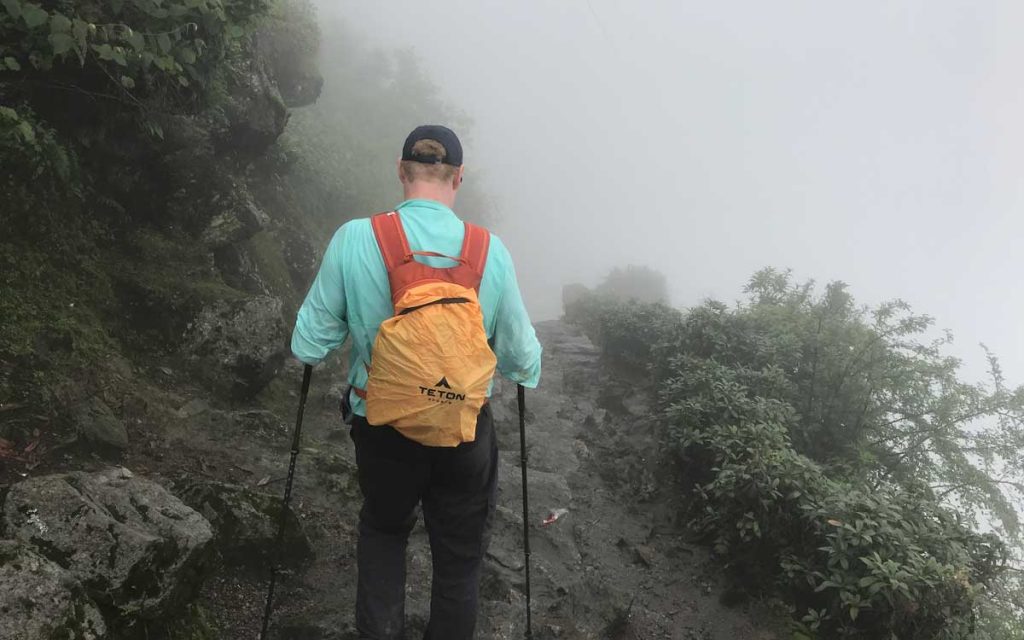
A trekking pole can go a long way to provide additional support and stability. Consider wearing ice cleats or micro spikes as they can enhance grip on icy or wet surfaces, and they can be particularly helpful in the conditions of monsoons on the Everest Base Camp trek.
Most importantly, make sure to follow all the commands of the guide since they know the way and they can guide you regarding the suitable routes to take to avoid any obstruction.
For more comprehensive information about the weather and temperature during different months and seasons, please refer our blog titled “A Complete Guide to Weather & Temperature at Everest Region.”
Frequent Mosquitoes and Leeches Problem
At Everest Base Camp itself, you are unlikely to encounter insects. However, during the lower altitude sections of the trek, such as on the way leading up to the base camp, leeches and mosquitoes will be welcoming you along with the locals.
Therefore, it is highly recommended to carry insect repellents, ointments, or other skin care products to protect yourself from mosquito bites and other bigger insects on the trail.
In case you encounter leeches, carrying salt can be useful as it can help in easily detaching them from your skin. Make sure to check your legs constantly if you feel itchy sensation. Wearing gaiters can also protect you against leeches.
Chances of Excessive Rainfall
While the Everest Base Camp during monsoon is possible and worthwhile, it is important to remember that you will be encountering lots of downpours. So, it is essential to be well-prepared for heavy rainfall during the trek.
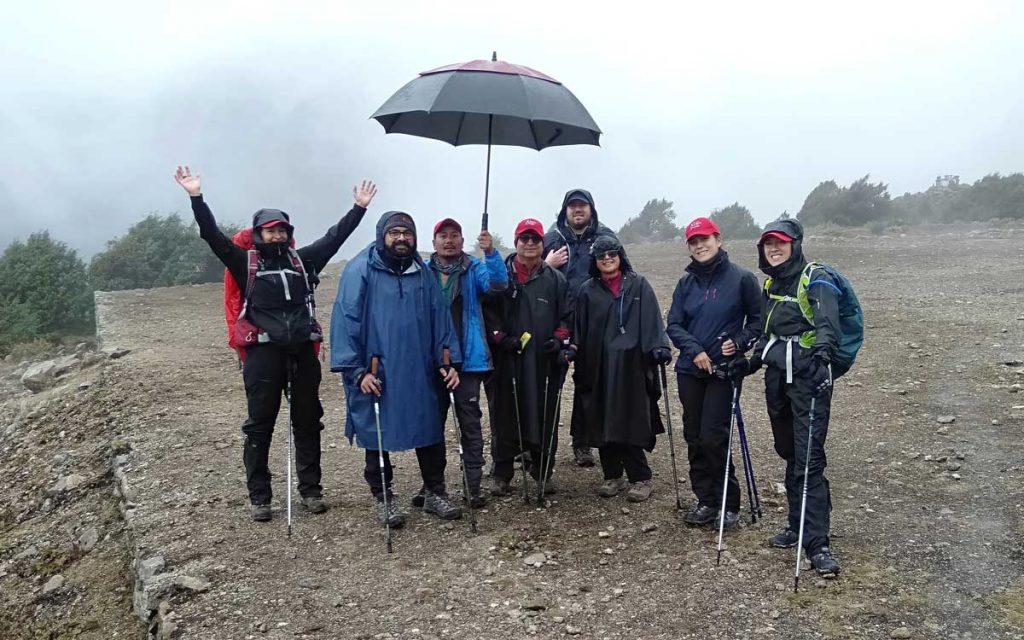
Especially at the lower altitudes, there are extremely heavy and frequent and sudden downpours which will be a hindrance in your trek. As you ascend on the trail, this will reduce significantly.
Therefore, it is important to keep this in mind while curating your packing list for the Everest Base Camp Trek. Make sure to carry a raincoat and appropriate rain gear to protect yourself from getting wet.
Delays and Cancellations
The months of monsoon come with a high risk of delays and cancellations on the Everest Base Camp trek as you might come across trail blockage due to landslides and avalanches because of heavy rainfall.
Besides that, the bad weather itself might make some areas of the trail inaccessible. Amidst all this, the highest chance of delays and cancellations is when it comes to flights to and from Lukla.
Lukla airport, being the most dangerous airport in the world, features limited flights. The weather conditions should be completely okay for these flights to operate.
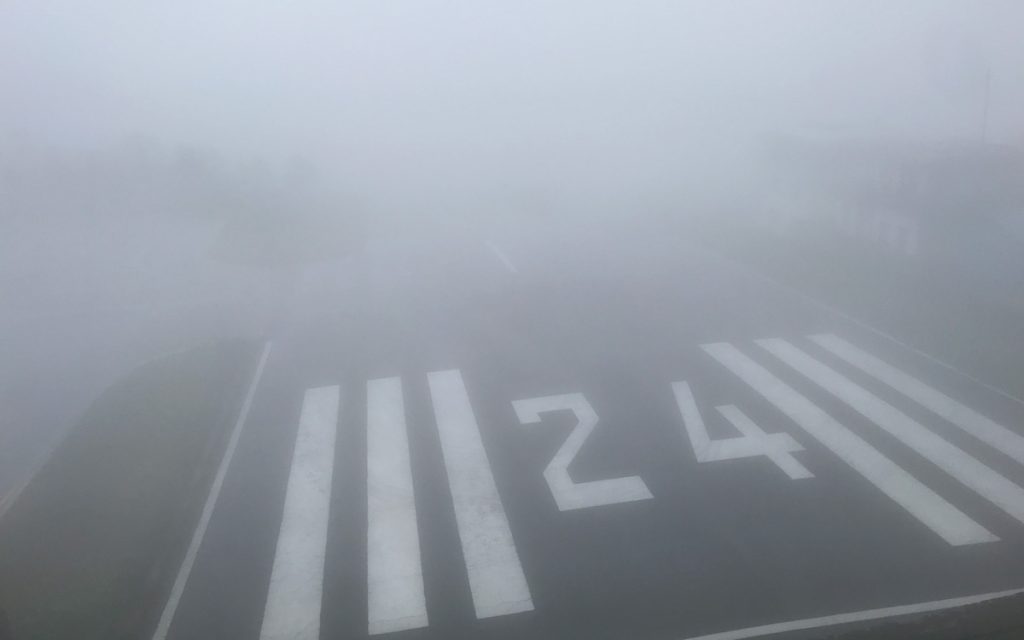
Heavy rainfall and clouds can cause a significant delay and sometimes even cancellation. Keep in mind that flight delays and cloudy weather are common in the region.
So, it’s important to be patient and mentally prepared for such conditions. Flexibility in your travel plans will be helpful to adapt to any unforeseen circumstances that may arise due to weather conditions.
Preparation and Planning
Packing List
For a successful Everest Base Camp trek, you must make an elaborate packing list including all the necessary items while also making sure not to overpack and manage the weight of the backpack.
This can be a daunting and confusing task for most of the trekkers as many people miss some of the essentials and realize it only after reaching there. So, you should do your research and get expert guidance.
While you can refer to our blog titled ‘Everest Base Camp trek packing list’ for a detailed list, below are some essential items you should consider carrying for a trek during the monsoon season:
- Raincoat, waterproof bag covers, gaiters
- Sturdy waterproof boots with good grips and ankle support
- Clothes suitable for layering: base layers, insulating layers, and warm layers
- Well stocked first aid kit
- Walking Stick (for the support)
- Skincare products (skin ointments or mosquito repellent)
- Ice Cleats/Micro Spikes (recommended to prevent slipping on icy or wet surfaces)
Physical Preparation and Training
Proper physical preparation can also go a long way, especially if you are trekking the Everest Base Camp during monsoon. With proper physical preparation, you will be okay with the long hours of walking every day.
In turn, it won’t cause extreme soreness and you will be able to find your balance in the slippery trails of the trek. Also, prior trekking practice can be a boon for endurance as well as acclimatization.
There is a lot more to the preparation and training aspect for a successful trekking experience. So, make sure to read our blog titled ‘How to Prepare for Everest Base Camp Trek’.
Tips for a Everest Base Camp Trek during Monsoon
There are many factors which come into play to make your unique Everest Base Camp exploration during monsoon possible. You must keep in mind the tips listed below for further ease and comfort:
- Hire a knowledgeable guide. This is not a suggestion but a necessity. These guides have complete knowledge of the region and can prove to be extremely helpful in face of emergency.
- As you are going during challenging weather conditions, it is best to monitor the weather constantly. Plan your trek based on the weather forecast and consult your guide for latest trail conditions.
- Ascend slowly and acclimatize properly. You don’t want to deal with altitude sickness amidst the already challenging conditions of the trek.
- Familiarize yourself with basic emergency procedures including first aid, CPR, as well as basic evacuation procedures just in case. Know the importance of travel insurance and strictly get one that covers the crucial aspects of the trek.
Conclusion
Although trekking to Everest Base Camp during the monsoon season presents challenges, it offers a unique opportunity to connect with nature and the local community.
If you enjoy high-altitude trekking and seek cultural immersion in the Everest region while not hesitating to grab unique opportunities, this season is ideal as it experiences fewer crowds.
However, it’s important to acknowledge the trade-off between the positive aspects and potential drawbacks. With proper precautions, this can be one of the best monsoons treks you will do in Nepal.
